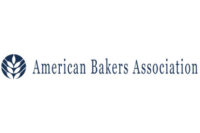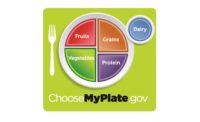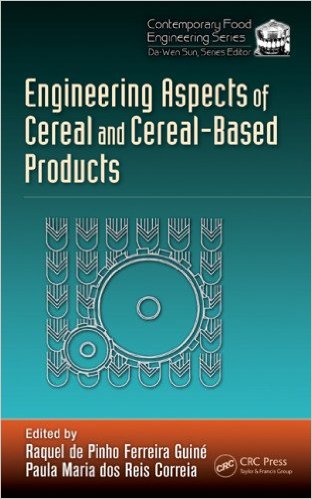The federal government issued a new version of its Dietary Guidelines for Americans with few changes, despite increased concern about obesity. The ‘tweaks’ made to the guidelines might have little effect on consumer eating habits, says some doctors and nutrition experts, but the recommendations provide the basis for many federal food programs.
Changes to the Dietary Guidelines for Americans left the major cornerstones of the guidelines largely intact, as the maximum recommended level for sodium intake remains at 2,300 mg/day, except for individuals with hypertension, African Americans, people over age 51 and those with risk factors for high blood pressure.
The first update issued by the government in five years showed few major changes, despite broad recognition of the U.S. obesity crisis. The revision is a joint effort of the U.S. Department of Agriculture (USDA) and the Department of Health and Human Services (HHS). Basic recommendations for maximum intake of fats and cholesterol, sodium, potassium and fiber remain unchanged from the last edition. Instead, the updated guidelines focus mainly on wording tweaks-reorganizing how some of the recommendations are presented.
For example, the recommendation to reduce calories from added sugar now gets separate emphasis. In the 2005 edition of the Dietary Guidelines, added sugar was lumped with other suggestions in a large section on carbohydrates. There are also more suggestions of healthy foods to eat, whereas earlier editions concentrated more on unhealthy foods to avoid.
The new edition also sets daily limits or targets on fat intake of 20-35% of total calories, saturated fat of less than 10% of total calories (mono- and polyunsaturated fats may be substituted), trans-fats at less than 1% of calories and cholesterol at less than 300 mg.
The update recommends that sodium intake be less than 1,500 mg. for all African Americans and those with hypertension, diabetes and chronic kidney disease (including children), as well as persons older than 51; everyone else is advised to consume under 2,300 mg of sodium a day. Although most of these basic numeric targets are the same as before, the revision expands on them in new ways.
For example, the new guidelines make numerous references to "solid fats," including butter and trans-fats, as fat sources to be avoided or minimized. It also recommends substituting mono- and polyunsaturated oils for solid fats when possible. More specific suggestions of alternatives to refined grains and sugars and high-fat meats are employed. And the sodium numbers hardly vary from the 2005 guidelines.
The major difference is that the 1,500-mg/day sodium limit for individuals with hypertension or its risk factors was an “aim” in 2005, but has now been promoted to a full fledged recommendation that the document notes, “applies to about half of the U.S. population, including children and the majority of adults.” The new revision also adds diabetes and chronic kidney disease to the list of risk factors that trigger the 1,500 mg.-a-day cap.
The full, 112-page publication, “Dietary Guidelines for Americans 2010,” (which actually carries the 2010 date, but was issued on Jan. 31) also includes tips on kitchen hygiene, safe cooking and refrigeration temperatures as well as other methods for avoiding food-borne diseases. The kitchen and cooking tips were among the document's 16 appendices.
Source: www.medpageytoday.com
Get our new eMagazine delivered to your inbox every month.
Stay in the know on the latest snack and bakery industry trends.
SUBSCRIBE TODAY!Copyright ©2024. All Rights Reserved BNP Media.
Design, CMS, Hosting & Web Development :: ePublishing






